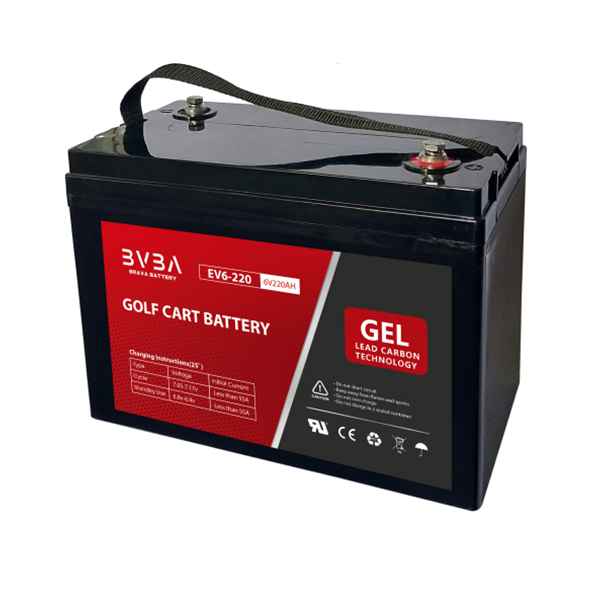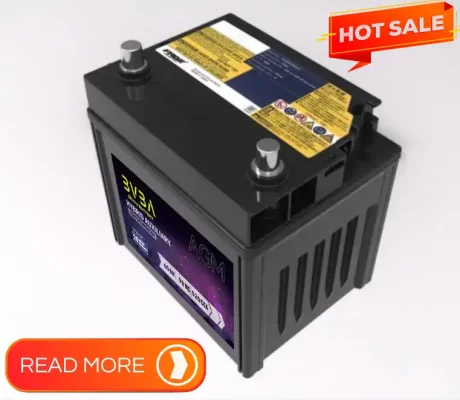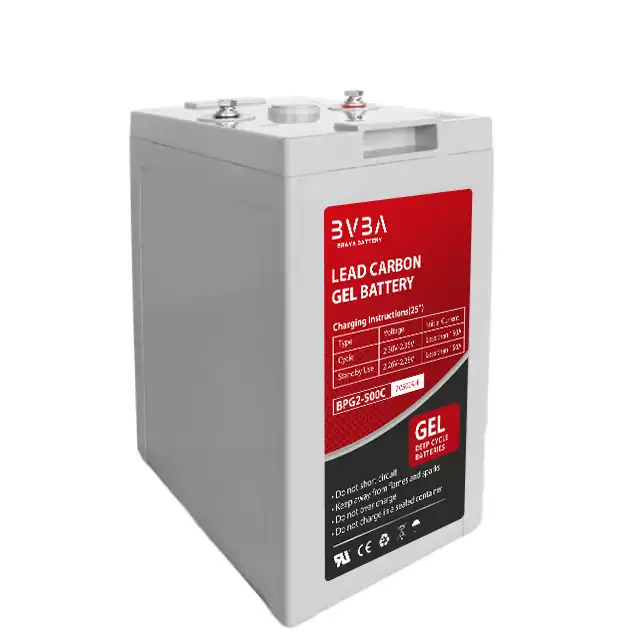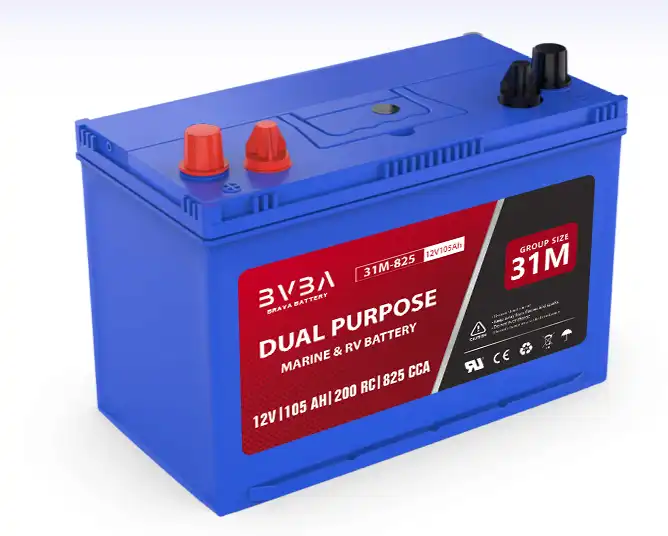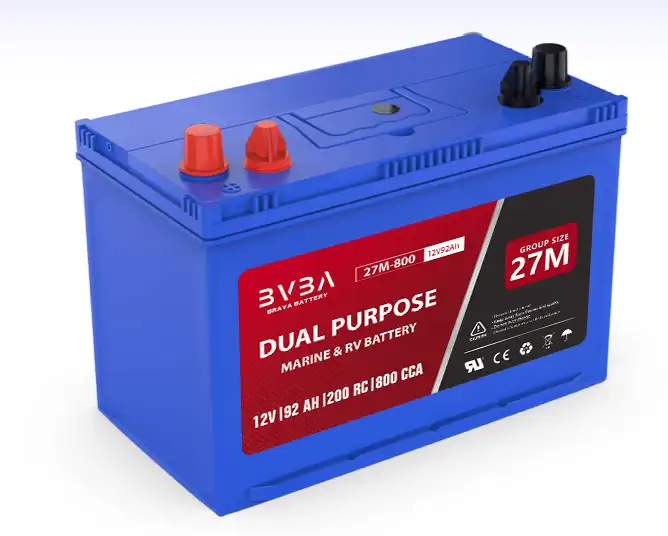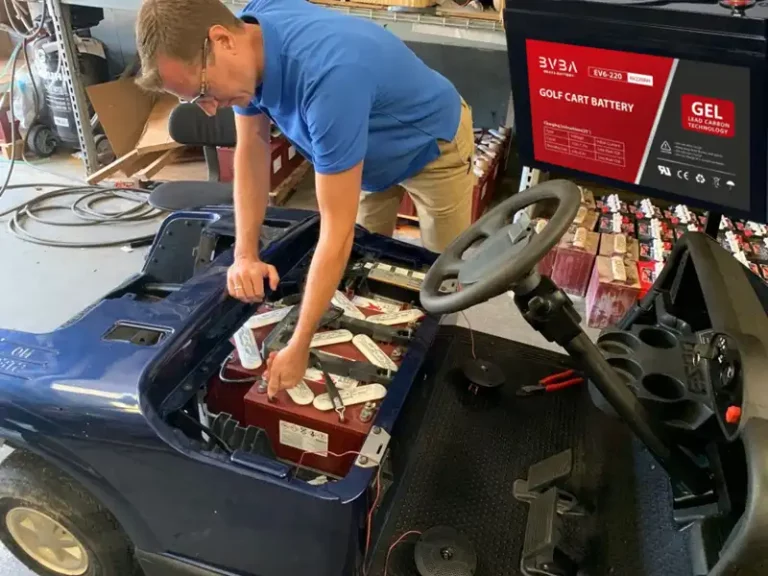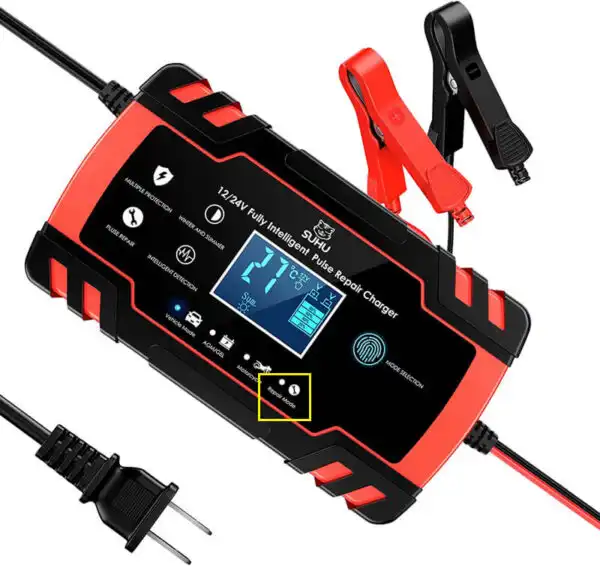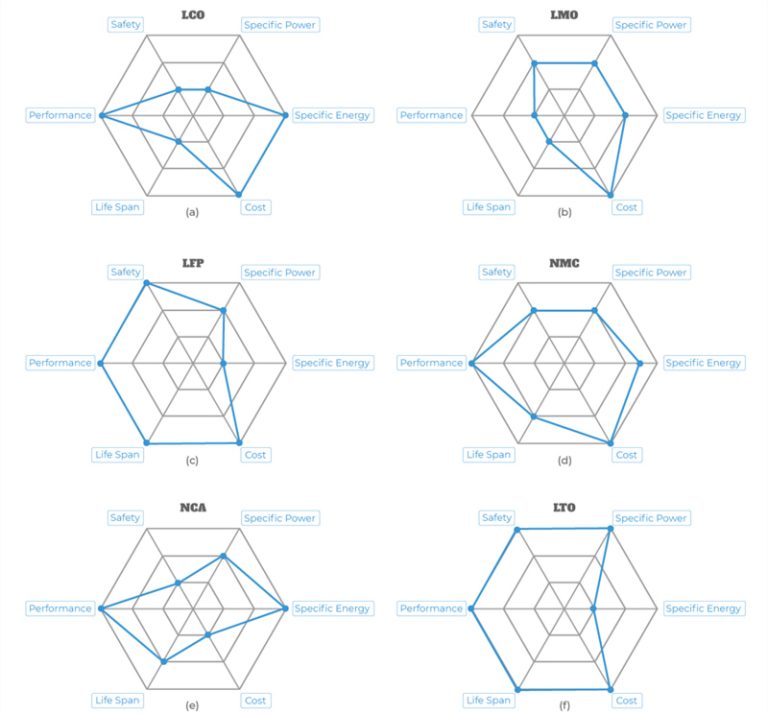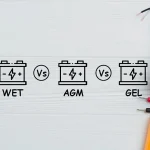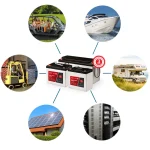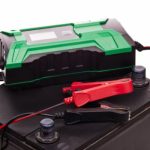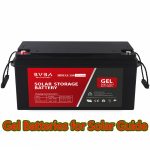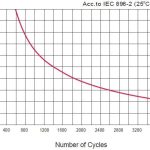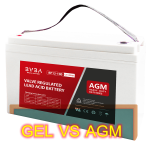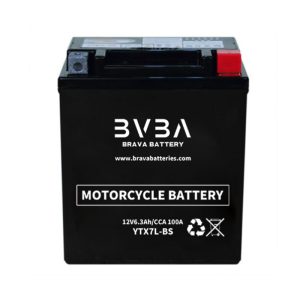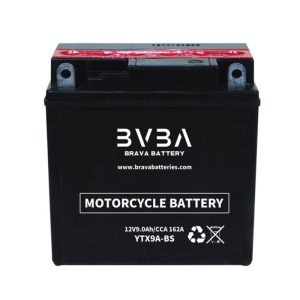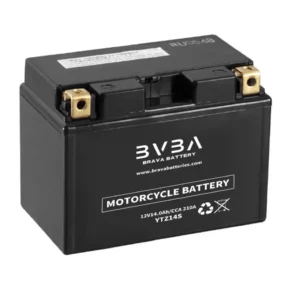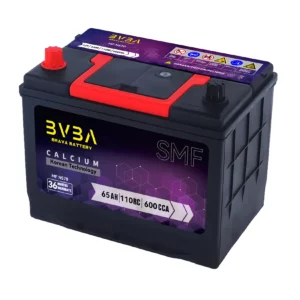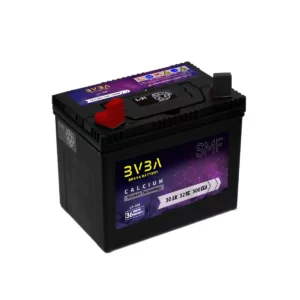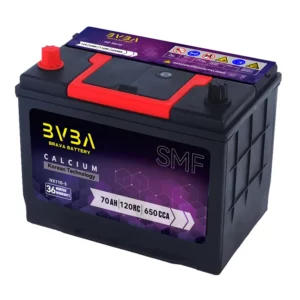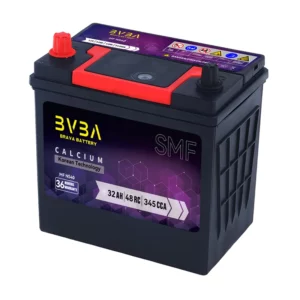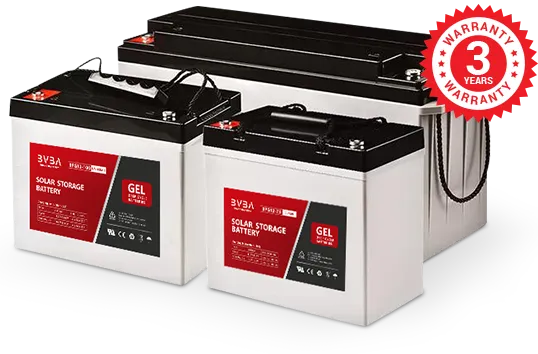DEEP CYCLE GEL BATTERY GUIDE
This guide provides some basic information on how deep cycle batteries work, some of the associated terminology and different chemistry types.
What are deep cycle batteries?
In the context of renewable energy, batteries usually mean deep cycle batteries.
Deep cycle batteries are an energy storage units in which a chemical reaction occurs that develops voltage and results in electricity. These batteries’ design is to cycle (discharge and recharge) many times.
While a car battery’s design to deliver a burst of energy for a short time, a deep cycle battery provides power at a steady rate over a long period.
There are different types of deep cycle batteries such as:
-
- flooded batteries,
- gel batteries
- AGM batteries (Absorbed Glass Mat);
- more recently – lithium-ion
All have different manufacture processes.
Among conventional deep cycle batteries, the flooded battery is the most common, which is similar to the standard lead acid battery in your car. The gel batteries, as the name suggests, have a gel-like substance in them and the AGM batteries consist of acid suspended in a glass mat separator.
While Flooded, AGM and gel batteries are used most frequently in off-grid scenarios, next generation lithium-ion battery systems will experience significant uptake among grid-connected households in Australia – and off-grid too.
Deep cycle battery ratings
Up until recently there were two ways batteries were generally rated: volts and amps.
Amp hours (Ah) are the rating capacity available in chemical energy inside a battery that is converted into electrical energy. It also refers to the amount of energy that the battery can store, or conversely, it can be seen as the discharge rate, which measures the time it takes to discharge a battery before it needs recharging.
The capacity of the battery reduces if the battery discharges in a shorter period, for instance over 1 hour. The amp hour capacity reduces by about 50% and so will the amount of cycles.
Where the battery discharges at a constant rate of current over a number of hours, this is referred to as the “C” rating. For example, many small batteries rate at the C20 rate, this means that they will deliver their amp hour capacity if discharging over 20 hours. The types of batteries in large stand alone power systems rate at C100 which means that they are designed to discharge over 100 hours or 4 days. This will give you a life span typically of about 15 years.
You can learn about battery voltages and state of charge here.
More recently, with the advent of the home energy storage revolution; batteries for residential applications are often referred to by their kilowatt-hour (kWh) capacity.
Discharge cycles
Selecting a battery can be confusing. While all will claim to be particularly well suited to a energy storage purpose, all deep cycle batteries are not created equal, even within their own type such as AGM, Gel or Sealed Lead Acid.
As a deep cycle battery can be quite an investment, you’ll want one that will last the distance.
One of the ways to determine this among conventional types is the cycle rating; that is how many times it can be discharged and recharged. One of the best benchmarks for this is the IEC 896-2, based on a 100% discharge.
While discharging a battery 100% is not recommended as it will significantly decrease the life of any deep cycle battery, the IEC 896-2 provides a good baseline for drawing comparisons between brand X and Y or even different battery lines from the same manufacturer.
AGM Batteries
Absorbent glass mat (AGM) is a class of lead-acid deep cycle battery in which the electrolyte absorbs into a fiberglass mat. The plates in an AGM battery may be flat like wet cell lead-acid battery, or they may be wound in a tight spiral. The internal resistance of AGM batteries is lower than traditional cells, they can handle higher temperatures, and self discharge more slowly.
Valve activation
These batteries have a valve which will activate when the battery is recharged at high voltage. Valve activation allows some of the active material to escape thus decreasing the overall capacity of the battery. The lids /vents typically have gas diffusers built-in that allow safe dispersal of any excess hydrogen produced during charging. They are maintenance free. They can orient in any manner, unlike normal lead-acid batteries which must be upright to avoid acid spills and to ensure the plates are sitting in the electrolyte.
- AGM batteries are totally sealed and are easy and safe to transport
- They never need topping up with water
- They can be safely mount inside a boat, car, caravan, motorhome etc
- AGM batteries only need to be vented to atmosphere. They do not need to be in a sealed box vented to the outside like wet batteries, and can mount on their sides or ends if needed.
- Due to their very low internal resistance AGM batteries will fully charge at a lower voltage, and accept a much larger charge current. So, when charging from a standard car/truck alternator these batteries will all but fully charge, and they will charge quickly, in about 3 hours!
- AGM batteries can discharge deeper than conventional deep cycle batteries without major damage.
- AGM batteries only discharge at the rate of up to 3% per month. Even after 12 months sitting idle they can recharge and go back into full service without any major damage. A standard deep cycle battery if treated the same way will destroy itself, it will no longer hold a good charge.
- AGM batteries were originally developed for the military, they are very robust.
Sealed Lead Acid Batteries
Sealed lead acid batteries are also known as:
- valve regulated lead acid (VRLA) batteries,
- recombinant batteries and
- often called maintenance-free lead-acid batteries.
Examples of VRLA batteries are:
- Absorbed glass mat (or AGM)
- Gel cells
The term term “seal lead acid battery” is misleading. A sealed battery would be a safety hazard due to overpressure risks the battery is overcharged.
There is always a safety valve present, hence the name valve-regulated. Even the term “valve regulated” does not really describe this technology. These are really “recombinant” batteries. This means that oxygen evolved at the positive will mostly recombine with the hydrogen ready to evolve on the negative and thus prevent water loss. The valve is only a safety feature in case dangerous amounts of hydrogen are produced.
Flooded Lead Acid Batteries
Flooded lead acid batteries, or wet cells, are the oldest type of rechargeable battery still in use. This type of battery contains a liquid in an unsealed container. This means that the battery must be upright and in a area with good ventilation to ensure safe dispersal of the hydrogen gas that the batteries produce during overcharging. The lead-acid battery is also very heavy for the amount of electrical energy it can supply.
Flooded lead acid batteries require period monitoring and topping up with distilled water. Despite these disadvantages, flooded batteries have high surge current, easier to troubleshoot and are relatively inexpensive.
Gel Batteries
A gel battery (also known as a “gel cell”) is a sealed, valve regulated lead-acid deep cycle battery and has a gel electrolyte. Unlike flooded lead-acid (wet cell) batteries, these batteries do not need to be upright.
Gel cells virtually eliminate evaporation of the electrolyte, spillage (and subsequent corrosion issues) common to the flooded lead acid battery, and boast greater resistance to extreme temperatures, shock, and vibration. As a result, they are often ideal for use in automobiles, boats, aircraft, and other motorized vehicles.
Lithium-ion Batteries
Lithium ion batteries are quite different to conventional deep cycle batteries and have sparked a revolution in grid-connected residential energy storage. We’ve created a separate, more in-depth article on this topic. Check out our home battery storage guide. You can also view our range of next-generation home battery systems.
Battery Maintenance
Deep cycle batteries (lead-based) such as those used in off-grid solar power systems have much thicker lead plates than car batteries to make them last longer. Deep cycle batteries should never really discharge to below 20% of their full capacity, because internal resistance causes heat and damage when recharging.
Renewable energy systems usually use a low-charge or low voltage warning light or a low-voltage cut-off switch to prevent the type of damage that will shorten the battery’s life.
Battery shelf life will increase by storing them at a lower temperatures, because the chemical reactions in the batteries are slower. However, in order to reach their maximum voltage, batteries must return to room temperature. Therefore, most deep cycle battery manufacturers do not recommend refrigerating batteries.
While conventional deep cycle battery systems generally require a significant amount of oversight, the next generation of energy storage (lithium-ion) features highly automated management systems. Maintenance and monitoring is basically nil.
Battery safety, explosions and other hazards
A battery explosion is the result of the misuse or malfunction of a battery. Causes can include attempting to recharge a non-rechargeable battery or short circuiting a battery.
Explosions are most likely to occur when a short circuit generates very large currents. In addition, deep cycle batteries can release hydrogen when they experience overcharging. This is due to electrolysis of the water in the electrolyte. Normally the gas dissipates quickly. However, this gas can ignite by a nearby spark (for example, when removing the jumper cables).
Note: hydrogen gas production isn’t an issue with lithium-ion batteries.
Attempting to charge a deep cycle battery beyond its electrical capacity, ie overcharging, can also lead to a battery explosion, leakage, or irreversible damage. It may also cause damage to the components which use the overcharged battery.
When a conventional battery recharges at an excessive rate, an explosive gas mixture of hydrogen and oxygen may be produced faster than it can escape from within the walls of the battery. This can lead to pressure build-up and the possibility of the battery case bursting.
In extreme cases, the battery acid may spray violently from the casing of the battery and cause injury.
Deep cycle batter explosions can also occur in maintenance free lead-acid batteries if the valves fail or experience blockages. The pressure rises within the cells until a short-circuit ignites the hydrogen-oxygen mixture. Such explosions can cause severe injury. The problem is apparent in most batteries if the sides appear swollen, or if the battery feels hot to touch.
Tag in this article: #Battery
Tips: more detail information, for acid battery。

